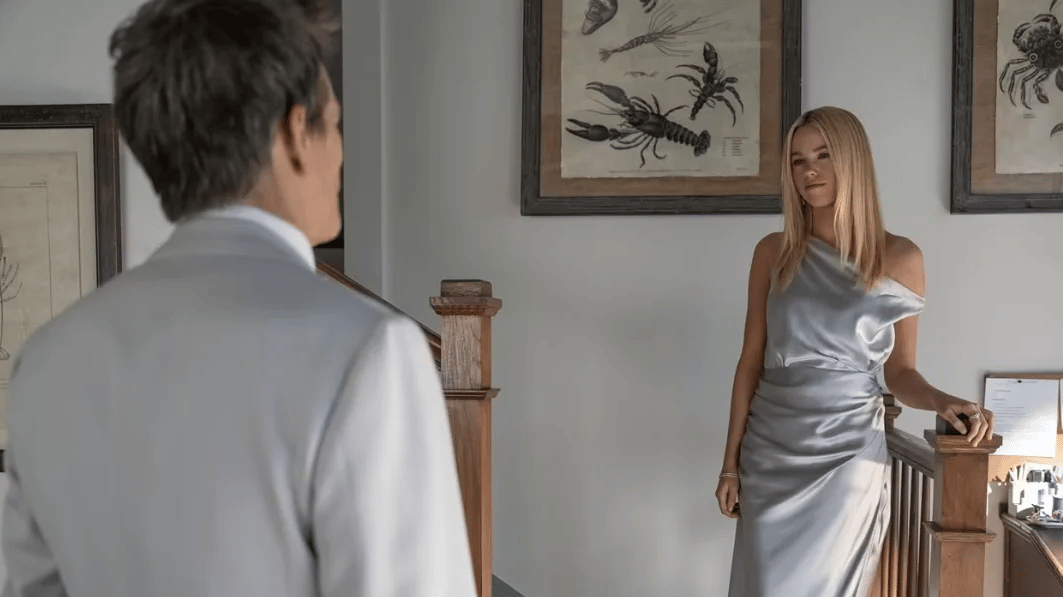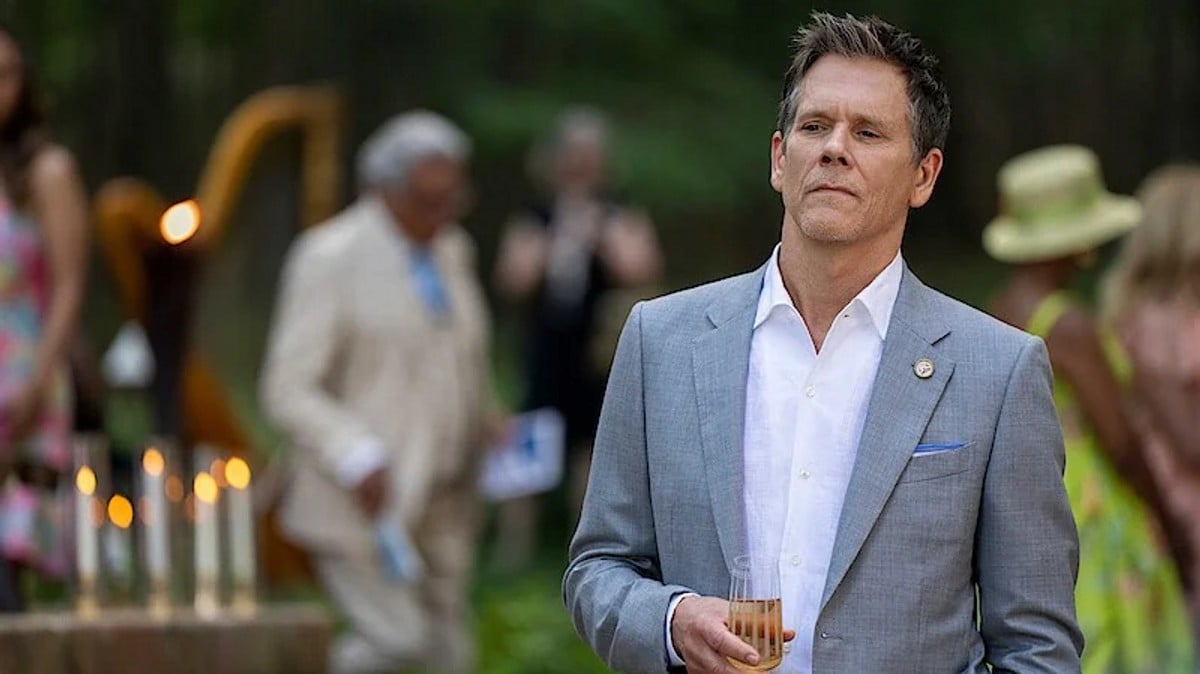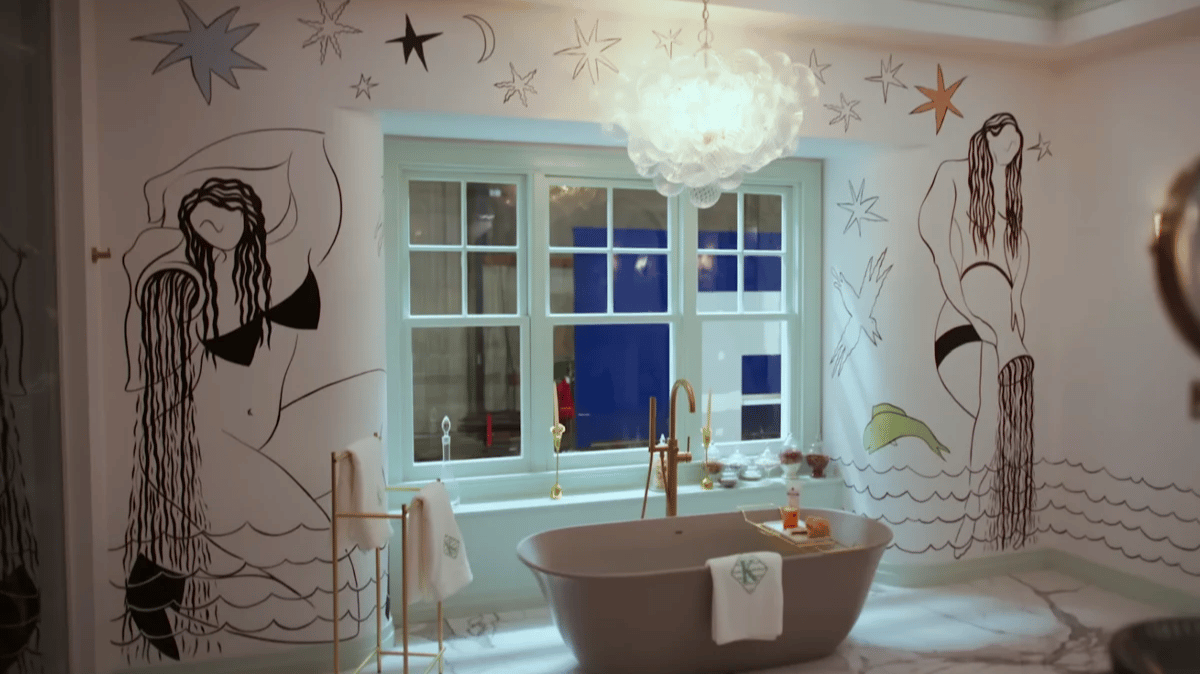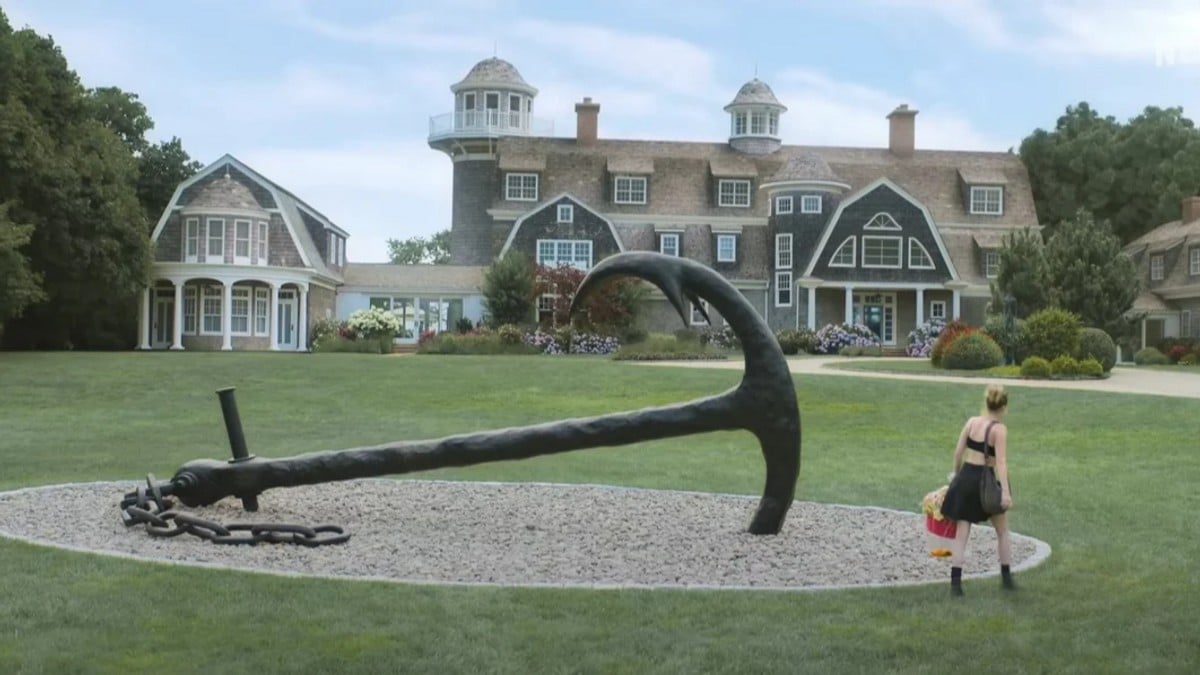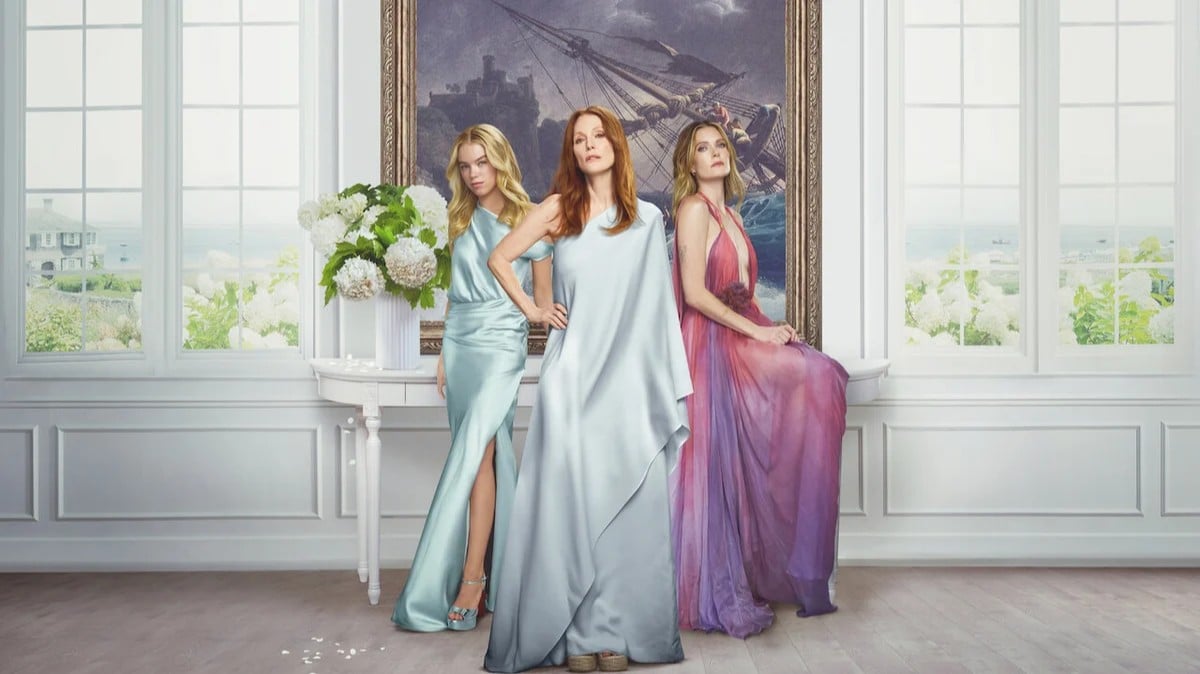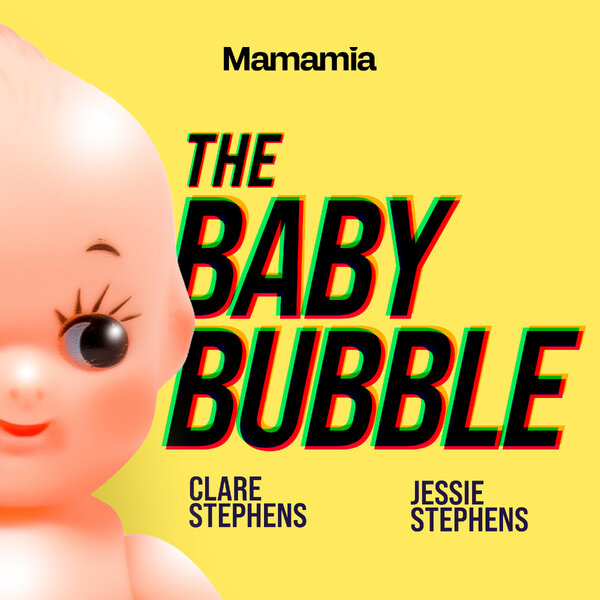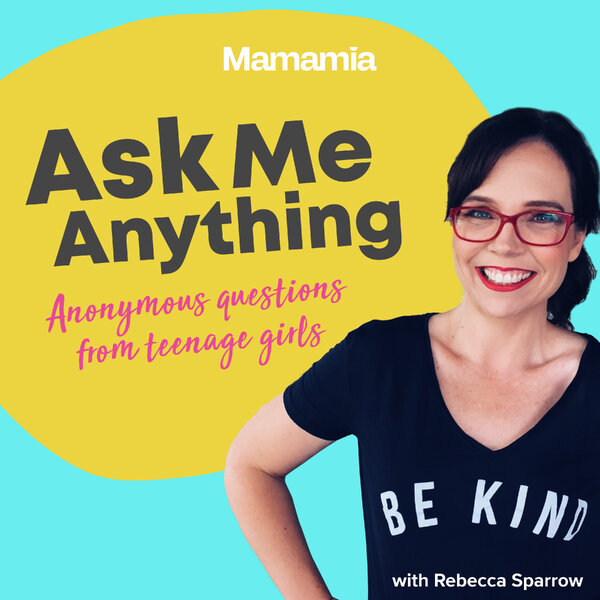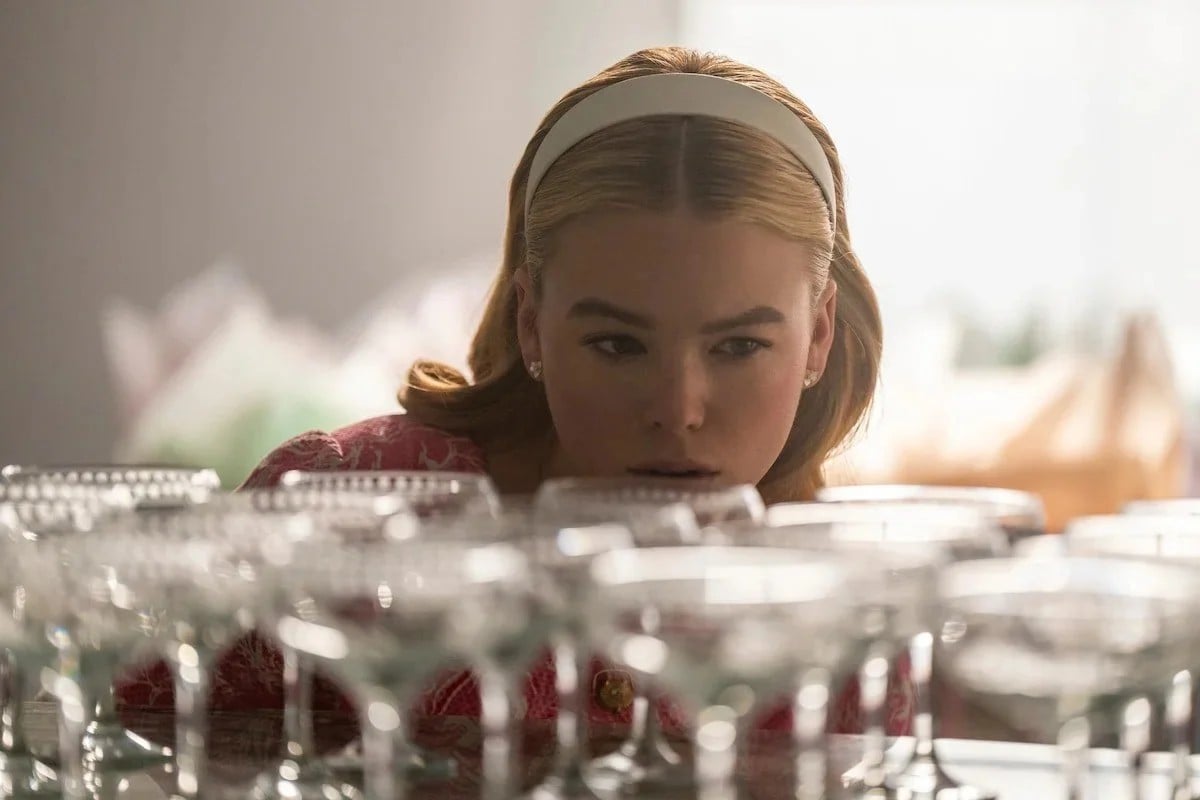
Let's be real — in the luxurious (and slightly bonkers) world of Sirens, nothing is quite as it appears.
Beneath the designer wardrobes and those pretentious "hey hey" greetings that course through Netflix's psychological thriller lies a handful of visual metaphors, character nuance, and symbolic mythology that make the show just that little bit more interesting.
Sure, we've all been captivated by the powerhouse performances from Julianne Moore, Meghan Fahey and Milly Allcock (who wouldn't be?), but the true intrigue of Sirens comes from all those little details you definitely missed the first time round.
Think you've seen everything Sirens has to offer? Think again! These six behind-the-scenes revelations will absolutely change the way you watch the show. Trust me.
Watch the trailer for Sirens. Article continues below.
The wardrobe choices.
While the luxuriously chic wardrobes of the three women in Sirens feel perfectly suited to the rich-woman-on-vacation vibes of the show, each character's costumes are actually distinctly designed for their individual story arc.


